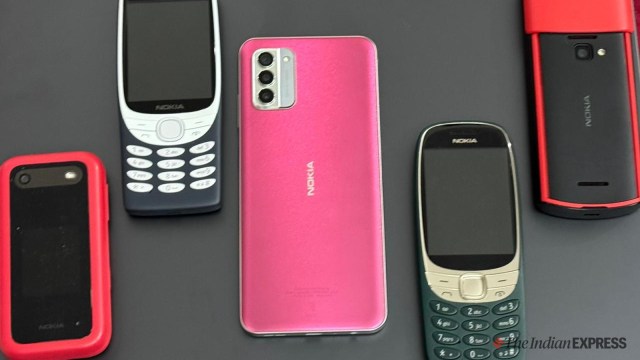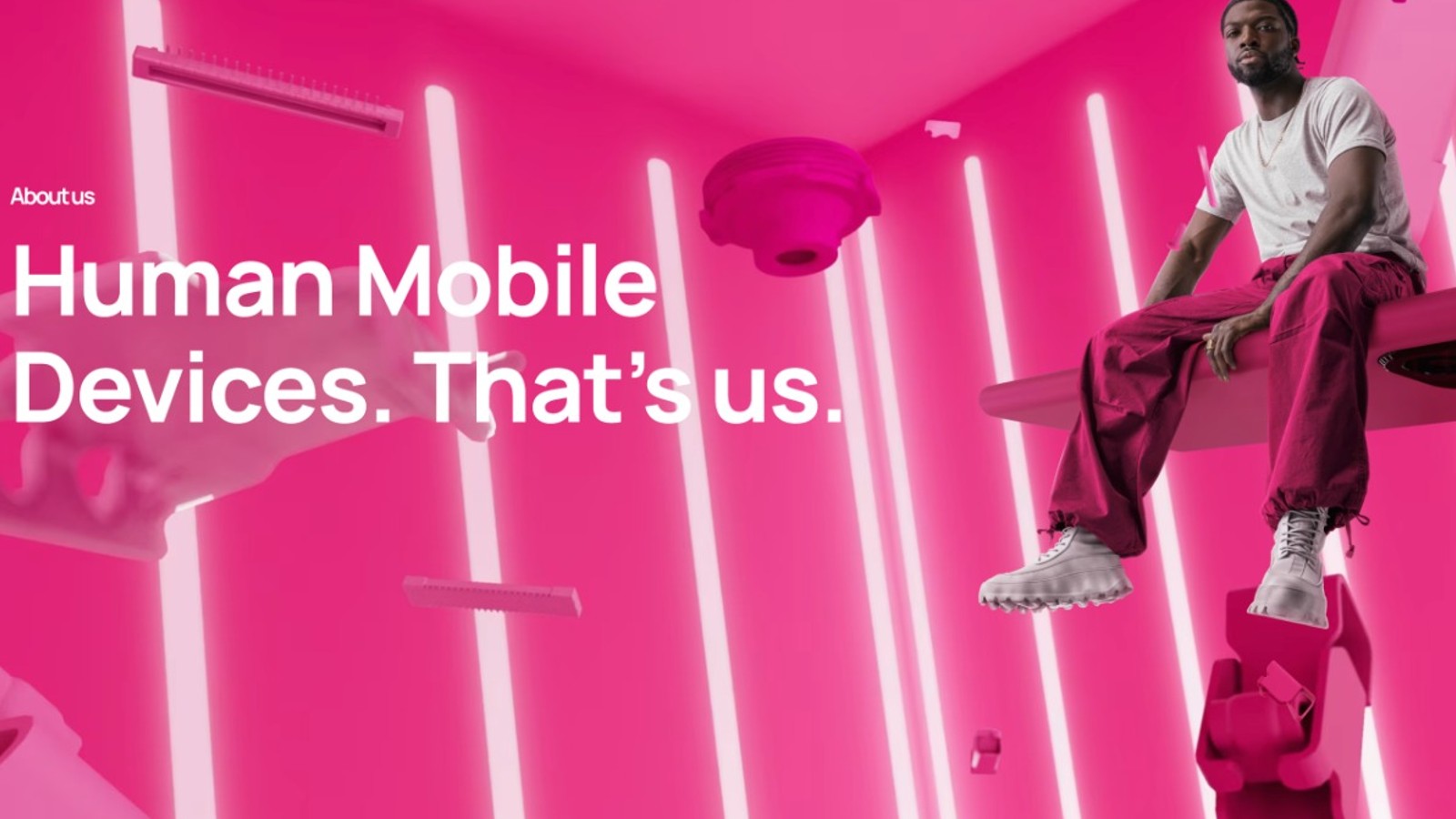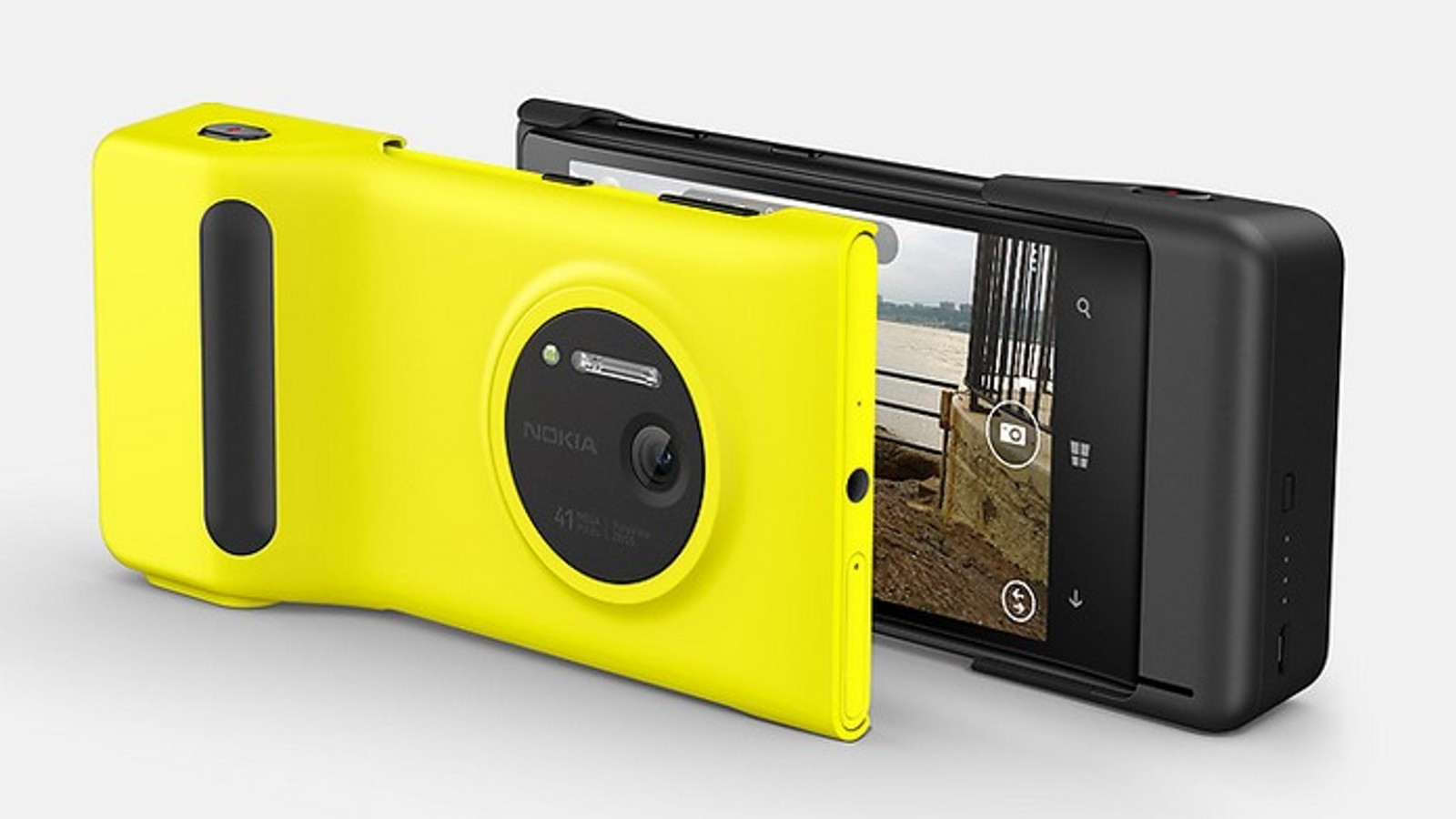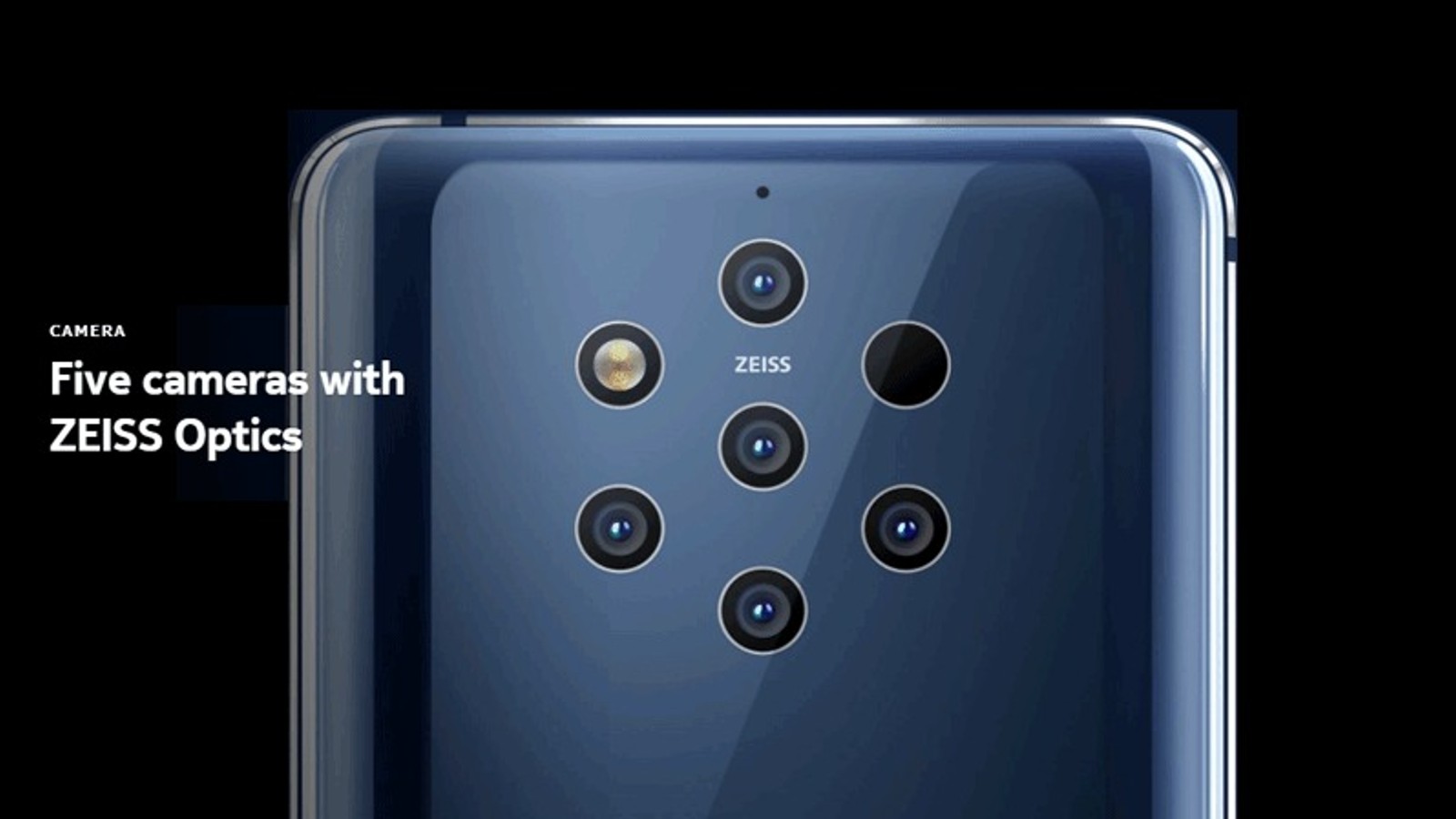- India
- International
HMD drops Nokia name from its phones, the iconic brand has well and truly died now
The Nokia name, which was brought back to life through the partnership with HMD Global, may soon be on its last legs.
 Nokia once defined a new, modern phone world while also setting the benchmark for what was truly cool (Image credit: Anuj Bhatia/The Indian Express)
Nokia once defined a new, modern phone world while also setting the benchmark for what was truly cool (Image credit: Anuj Bhatia/The Indian Express)Nokia is finally headed to be laid to rest forever. HMD Global, the exclusive licensee of Nokia-branded phones for the last eight years, announced on Thursday it would no longer use the iconic name in its future releases, signalling it’s time to move on. This marks the end of an experiment that the Finnish startup began in 2016 to reintroduce the most loved phone brand to a new set of consumers.
With HMD going solo, Nokia once again joins BlackBerry and Palm, the prominent brands that once sat on top of the phone segment but couldn’t compete with the likes of Apple and Google, leading to their premature departure from the market.
“While we’ve been known as the makers of Nokia phones, our vision extends beyond this legacy. We’re transitioning from being a licensee to becoming a multi-brand company with our own distinct HMD brand product line, complemented by several licensing partnerships and significant brand collaborations,” wrote Lars Silberbauer, CMO of Nokia Phones/HMD on LinkedIn.
 HMD will showcase its latest offerings at MWC 2024 (Image credit: HMD)
HMD will showcase its latest offerings at MWC 2024 (Image credit: HMD)
Things to come
The demise of Nokia-branded phones was not a surprise. Last year, the company did signal that it would launch its own line of mobile devices. However, this doesn’t imply that HMD will abandon the Nokia name from its phones immediately, but will focus primarily on its brand going forward. Nokia, which is a giant in the telecoms infrastructure space after the sale of the mobile unit, licensed the Nokia brand to HMD Global for 10 years, as per the licensing deal. With two years still left, HMD Global will be obliged to launch Nokia-branded phones, which is why the brand’s website still states that the Finnish company is the “Maker of Nokia phones”.
That being said, HMD Global is already looking forward and is laying the groundwork needed to transition from making Nokia-branded phones to an independent brand. The change is already underway, with both the Nokia.com/phones website and social media handles being inactive and moving to a new HMD Global website. The company, based in Helsinki, has signalled the return of the old Nokia Lumia look and colour scheme across its new phone lineup, which will be shown for the first time at the Mobile World Congress between February 26 and 29 in Barcelona. It also teased an upcoming feature phone with 5G connectivity as well as upcoming tablets and wireless earbuds.

Nokia’s journey through the years
 The Nokia Lumia 1020 smartphone packed some impressive features, most notably a 41MP imaging sensor capable of high-resolution stills and videos. (Image credit: Windows Blog)
The Nokia Lumia 1020 smartphone packed some impressive features, most notably a 41MP imaging sensor capable of high-resolution stills and videos. (Image credit: Windows Blog)
At one point in time, Nokia was Europe’s biggest tech company and a force to reckon with in the handset business. By the end of 2007, Nokia smartphones accounted for 50 per cent of all smartphones sold globally, commanding the largest market share and making it a global mobile leader. The brand catered to all market segments with a portfolio ranging from basic devices to high-end camera-centric and business communicators. Fun fact: Nokia even used to sell luxury phones made from exotic materials, costing thousands of dollars under the brand name ‘Vertu.’
Over the years, Nokia has had many hits, such as being the first mobile company to introduce a GSM handheld cell phone, the Nokia 1011, in 1992. In 1996, it released the first smartphone, the Nokia 9000, which had a web browser, software tailored for businesses, a Qwerty keyboard, and the ability to send and receive faxes and emails. The company is also credited with launching the first cell phone with a built-in camera, the Nokia 7650, in 2001.
However, with the launch of the iPhone in 2007 and the release of Google’s Android mobile operating system, Nokia’s downfall came slowly and gradually as a mobile phone behemoth. While the market was shifting to smartphones and the app-store model, Nokia couldn’t adapt to the change, and when it came up with the so-called “iPhone killer” in the form of the Nokia N97, the device lagged in competition. Many cite Nokia’s downfall to the arrogance of upper management who failed to recognise the iPhone as a looming threat, resulting in the company’s inability to create a modern mobile operating system that could rival iOS and Android.
Going downhill
 The Nokia 9 PureView featured a rear camera array with five sensors with the ability to capture up to 240MP of data per photo (Express Photo)
The Nokia 9 PureView featured a rear camera array with five sensors with the ability to capture up to 240MP of data per photo (Express Photo)
By 2010, Nokia had started to feel the pressure when sales began to decline. That same year, Stephen Elop was appointed the new CEO, replacing Olli-Pekka Kallasvuo. A year later, in 2011, Nokia tied up with Microsoft to make Windows cell phones. In the next two to three years, Nokia did produce groundbreaking camera phones with the likes of the Nokia 808 PureView and the Lumia 1020, but by that time, Windows Mobile was already in decline due to a lack of apps and developer support. Even today, many in the tech industry call that move a misfire, which badly impacted Nokia’s mobile sales but benefited Android-powered smartphones, giving Google an upper hand to dominate the phone market.
In September 2013, Microsoft announced it would buy Nokia’s mobile phone business for $7.2 billion. But two years later, the Redmond giant wrote off its investment that had gone to acquire Nokia, resulting in the axing of over 7,800 jobs. By that time, Microsoft had already realised it couldn’t compete with both Apple and Google in the smartphone market, so getting rid of the handset business would have been a logical move. The brand name – Nokia – was sold to a new company called HMD Global, which took care of the design and marketing of phones. Meanwhile, Foxconn handled manufacturing.
The Nokia name rose from the ashes and got a new lease of life when HMD Global began to sell smartphones powered by Google’s Android mobile operating system. In the initial years, Nokia-branded phones held a lot of promise, and critics liked what HMD Global was coming up with. However, the failure of the Nokia 9 PureView (review) had crumbled its confidence to compete with the biggest phone makers. It came with five rear cameras, a first for any smartphone, and the company partnered with Light (makers of the 16-camera L16) to make those cameras possible on a mobile device.
Unfortunately, the device was buggy, and the Nokia 9 PureView camera phone remained an experimental device. After the failure of the Nokia 9 PureView, HMD Global shifted its focus to budget-to-mid-range smartphones while also aggressively marketing feature phones. Its decision not to offer a “flagship-grade” Nokia smartphone did disappoint fans who eventually shifted to other brands, especially from China, which were aggressively pushing for premium phones at lower costs. All of this, alongside Google’s lack of conviction to push budget phones under the Android One programme, has negatively impacted Nokia-branded smartphones. In recent months, HMD Global has been selling repairable smartphones to consumers which has been received well.
The Nokia brand, which was once worth $300 billion at its height, is nowhere close to its past glory. The lack of excitement for Nokia among new-age consumers is proof of why HMD is launching its independent phone brand. Nostalgia did bring some consumers to classic brands like Nokia, which has a storied history and recall value, but not at the level where the iPhone is, and perhaps this is the biggest lesson one can learn from Nokia’s comeback story.
More Tech
May 04: Latest News
- 01
- 02
- 03
- 04
- 05






























